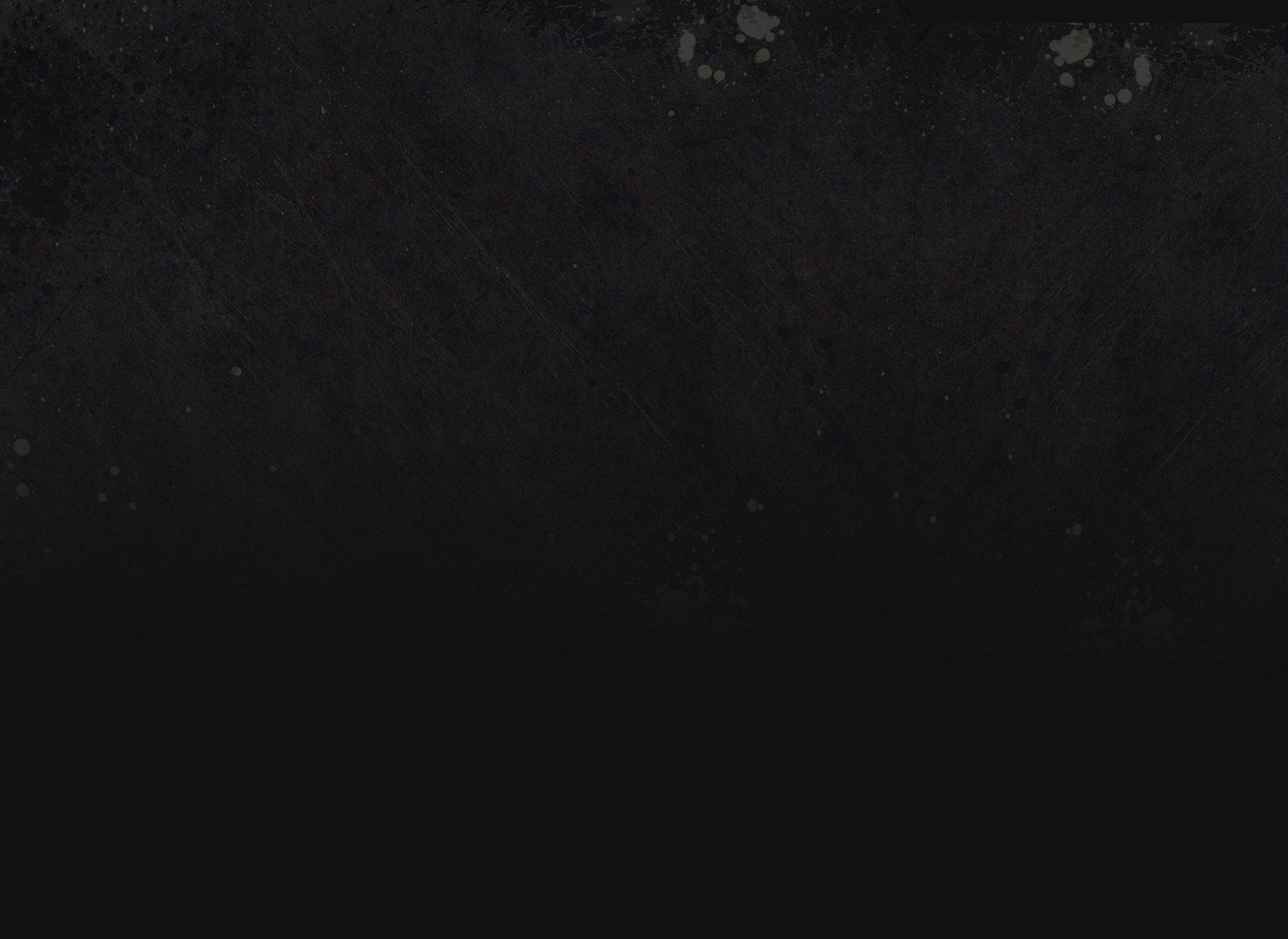HOW TO START A SUCCESSFUL BLOG TODAY
- Joshua Fields Millburn
- Aug 22, 2016
- 3 min read
OVERVIEW: STARTING A BLOG
Follow the step-by-step instructions to learn how you can begin starting a blog in less than an hour. We used this process to create our successful blog, which now has more than 4 million readers and has been featured in the New York Times, TIME magazine, and on the TODAY show.
STARTING A BLOG IN FIVE STEPS:
Choose a blogging platform, domain name, and hosting option.
Design your blog using a simple theme.
Modify your blog to get your desired look and feel.
Select the best plugins for your blog.
Write compelling content that adds value to readers
HOW TO START A BLOG OR WEBSITE: STEP-BY-STEP INSTRUCTIONS AND VIDEO
So you don’t have any idea where to start, right? Guess what—neither did we. We were clueless. When we started The Minimalists a few years ago, we had no idea how to start a blog. We could hardly spell HTML, let alone build a beautiful website.
But good news: it’s easier than you think. We’ve learned a ton during our ascent to 4 million readers. And now you can learn from our pain and suffering to circumvent much of the tedium involved in creating a successful blog. Here’s how we started our blog, step by step, followed by an instructional video, as well as additional rationale and insights:
Domain and Hosting. The first thing we did was go to Bluehost and register our domain. We didn’t even need to set up a WordPress page first, which is the platform we use, since Bluehost does all that for you. Bluehost’s basic price is $2.95 a month, which works for 99% of people (note: readers at The Minimalists can use this link receive a 50% discount off the monthly price and a free domain). Then, we did a simple free install of WordPress through Bluehost. When we had questions we were able to chat with the “live chat” folks at Bluehost for free; they pointed us in the right direction and made the set-up super easy.
Theme. A good theme gives you the look and feel you want for your blog, allowing you to design your blog exactly how you want it to look. If you’re not a coder (we certainly weren’t), then a theme makes the design work a million times easier. Plus, once you purchase a theme, which are inexpensive for the time they save you, you own it for life. A theme has two halves: the framework (the bones) and the Child Theme(the beauty):
Framework. There are several WordPress theme frameworks on the market, but Genesis is without a doubt the best and most flexible choice. Genesis is the first half of your theme. Many themes merely handle the aesthetics of your new blog, but Genesis provides a necessary foundation for your Child Theme. Simply go to StudioPress and purchase the Genesis Framework.
Child Theme. After you get your Genesis Framework, you’ll want to find the right Child Theme (which is just a silly way to say “blog design”). The Minimalists uses the beautiful “tru” theme, which is available at BYLT, the Genesis Community Marketplace. Head on over to BYLT, browse their carefully curated collection of themes, and find the design that’s right for you.
Modify Your Blog. Once we had our domain, hosting, WordPress, and theme, we spent a lot of time tweaking the theme to get the look and feel we wanted (i.e., making our vision a reality). Then we spent even more time tinkering with the theme and arguing about it and tweaking it some more. We also set up a free Feedburner account so people could subscribe to our site via email and RSS subscriptions. And then we established a free Google Analytics account to track our stats. Feedburner and Google Analytics were both easy to sign up for, and we still use both today.
Plugins. We use only a few plugins on our site: “Google Analytics for WordPress” and really simple Facebook and Twitter share-button plugins (since human beings are intrinsically wired to share value, it’s important to make your posts easy to share with others). They take just a few seconds (literally a few seconds, it’s just a click of a button) to install once your site is all set up. And if you really want to play around with some cool plugins, check out WPBeginner’s Best WordPress Plugins.
Write Compelling Content. Last, via WordPress we started writing and uploading the content for our pages: About Page, Contact Page, Start Here Page, Books Page, Events Page, Archives Page, etc. Next, we designed our logo using free images we found online and text from a regular word-processing program. Then we put a picture of ourselves in the header (this is important because people identify with people, not logos). Finally we started writing new blog posts and posting them regularly (at least once a week). And the rest is history.








































Comments